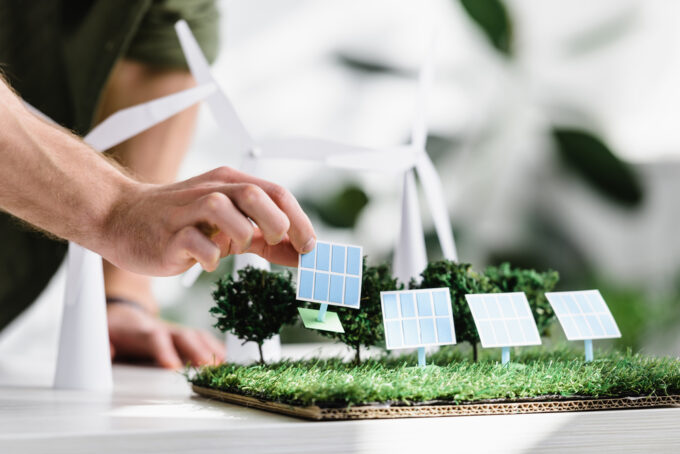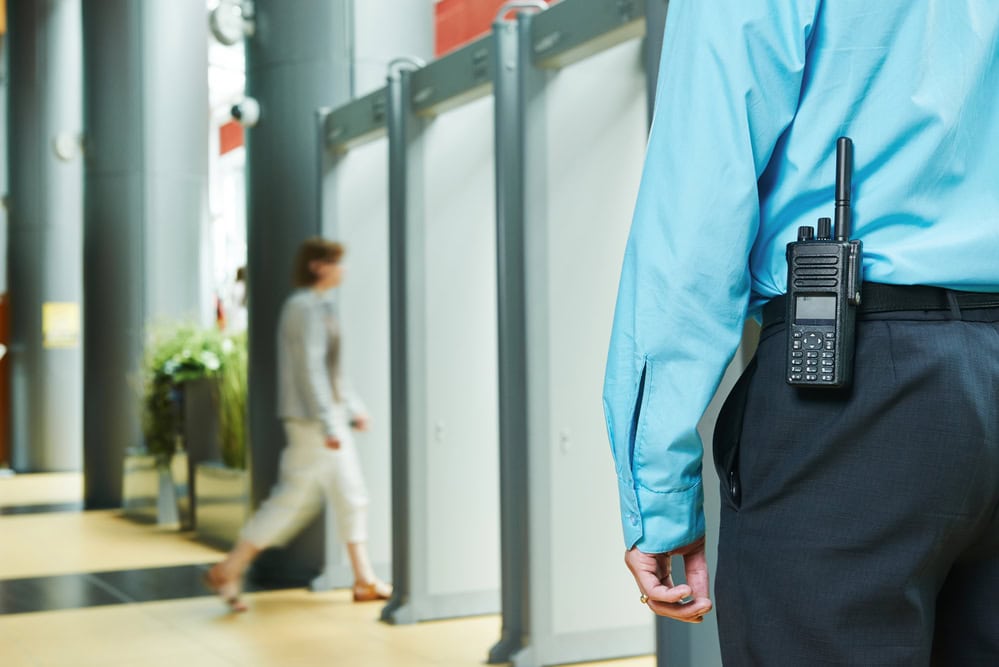Federal Office of Energy publishes Heat Strategy 2050
Switzerland's heat supply is to become CO2-neutral by 2050. The Heat Strategy 2050 is intended to show which measures can be used to achieve this goal.

According to the Swiss Federal Office of Energy, the entire heating sector in Switzerland today accounts for around 50 percent of Switzerland's energy consumption and causes more than 35 percent of CO2 emissions. In order to achieve the net-zero emissions target, the heat demand (heating and hot water in buildings and process heat in industry) must be completely covered with renewable energies and CO2-free by 2050.
The 2050 heating strategy is based on the SFOE's Energy Perspectives 2050+, which examined various net-zero scenarios. Achieving the climate target requires both a switch from fossil to renewable energy sources and a reduction in consumption: in 2050, energy consumption in the heating sector should be around 30 percent lower than in 2020.
Around 60 organizations were consulted on the draft of the 2050 heating strategy (municipalities, cantons, energy companies, construction industry, business associations, educational organizations, environmental associations, etc.). Around 70 percent of the respondents consider the heating strategy to be realistic or rather realistic. The feedback was taken into account in the final version of the 2050 heating strategy.
The Strategy paper describes in a target picture 2050 and in text form the respective measures for a total of ten topic areas: Building Efficiency; Heating Systems; Process Heat: Thermal Networks; Thermal Energy Storage; Electrification; Renewable Gases and Synthetic Fuels; Confederation, Cantons and Municipalities; Legislation; Skilled Workers.
Various new measures are already underway, which are currently being discussed in parliament or are already ready for implementation. The revision of the CO2 Act and the indirect counter-proposal to the Glacier Initiative in particular support the switch from fossil to renewable heating systems.
Source: Federal Office of Energy









